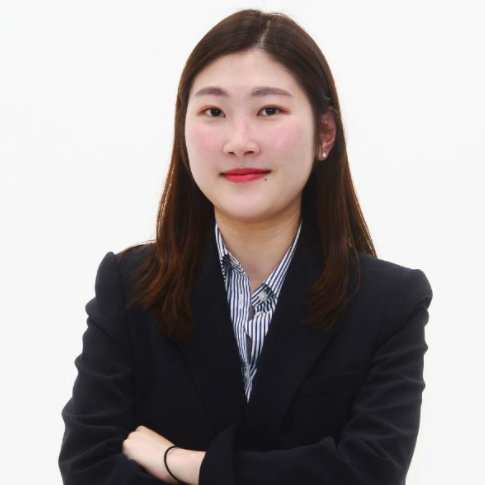2.7% of med students return to class amid ongoing boycott
By Park Jun-heePublished : Aug. 4, 2024 - 13:56

Despite the government's offer of an olive branch to end the monthslong medical standoff, only 2.7 percent of medical students were in attendance, as others carried on protesting the drastic hike in medical school admissions, government data showed Sunday.
With no signs of the government and medical community backing down from the gridlock that has persisted since February, attendance figures remain alarmingly low.
Out of 19,345 students enrolled at 40 medical schools nationwide, only 495 were attending classes as of July 22, resulting in an attendance rate of just 2.7 percent, according to data submitted by the Education Ministry to Rep. Jin Sun-mee of the main opposition Democratic Party of Korea.
Among those attending the six-year curriculum, which includes two years of pre-med and four years of medical school courses, first-year pre-med students recorded the lowest attendance rate at just 1.7 percent, with only 53 out of 3,191 students present, the data showed. Only 88 out of 2,996 pre-med sophomores appeared for classes, marking a 2.9 percent attendance rate.
For first-year medical school students, only 90 out of 3,095 attended classes, a mere 2.9 percent. Second-year students had a lower attendance rate, with only 83 out of 2,983 present, equating to 2.8 percent.
The trend continued with third-year students, where just 77 out of 2,986 attended classes, or 2.6 percent. Among medical school seniors, 104 out of 2,966 students were present, resulting in the highest attendance rate of 3.5 percent, according to the data.
The figure excluded 1,128 students who were already on leave for valid reasons such as military or illness and did not include data from six medical schools, which said it was difficult to determine the exact number of attendees.
Rep. Jin pointed out that the government's appeasement steps cut no ice with medical students.
Earlier last month, the government rolled out a set of guidelines loosening class requirements for medical students boycotting classes en masse to help them avoid failing the semester.
The scheme included granting medical schools the ability to flexibly extend or shorten the duration of each term or operate three semesters per year instead of the current two so that students would have enough time to catch up with their class hour requirements.
"The Education Ministry's guidelines intended to induce medical students' return are measures that can be implemented only if they come back to their studies and are ineffective if students don't return," Rep. Jin said.
"If medical students flunk, they will end up having to take classes with next year's freshmen, but that's not really feasible under the current medical educational condition."





![[Herald Interview] How Gopizza got big in India](http://res.heraldm.com/phpwas/restmb_idxmake.php?idx=644&simg=/content/image/2024/11/20/20241120050057_0.jpg&u=20241120164556)


![[KH Explains] Dissecting Hyundai Motor's lobbying in US](http://res.heraldm.com/phpwas/restmb_idxmake.php?idx=644&simg=/content/image/2024/11/20/20241120050034_0.jpg&u=)
![[Graphic News] 70% of S. Koreans believe couples can live together without tying the knot: survey](http://res.heraldm.com/phpwas/restmb_idxmake.php?idx=644&simg=/content/image/2024/11/19/20241119050098_0.gif&u=)








![[Today’s K-pop] Blackpink’s Jennie, Lisa invited to Coachella as solo acts](http://res.heraldm.com/phpwas/restmb_idxmake.php?idx=642&simg=/content/image/2024/11/21/20241121050099_0.jpg&u=20241121172748)